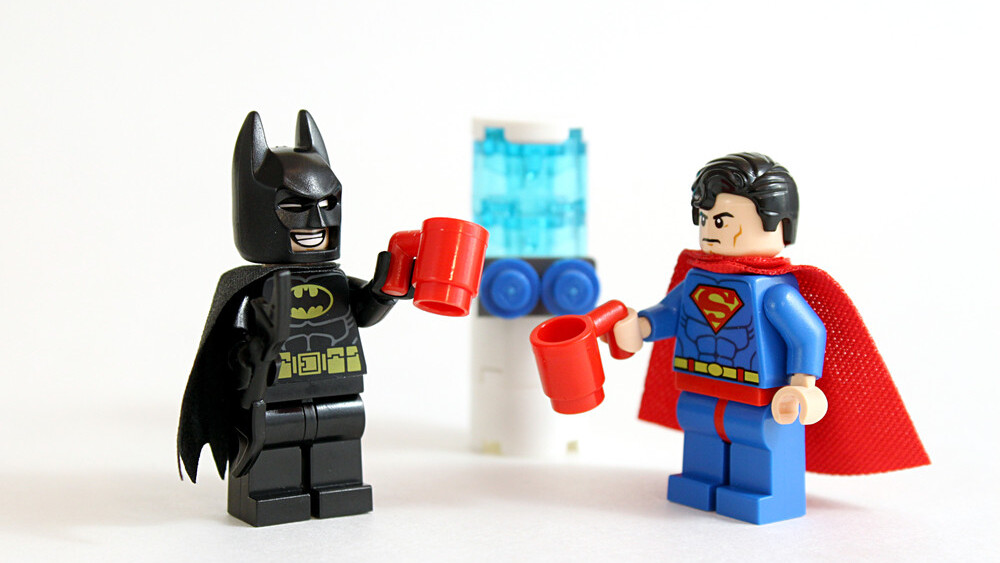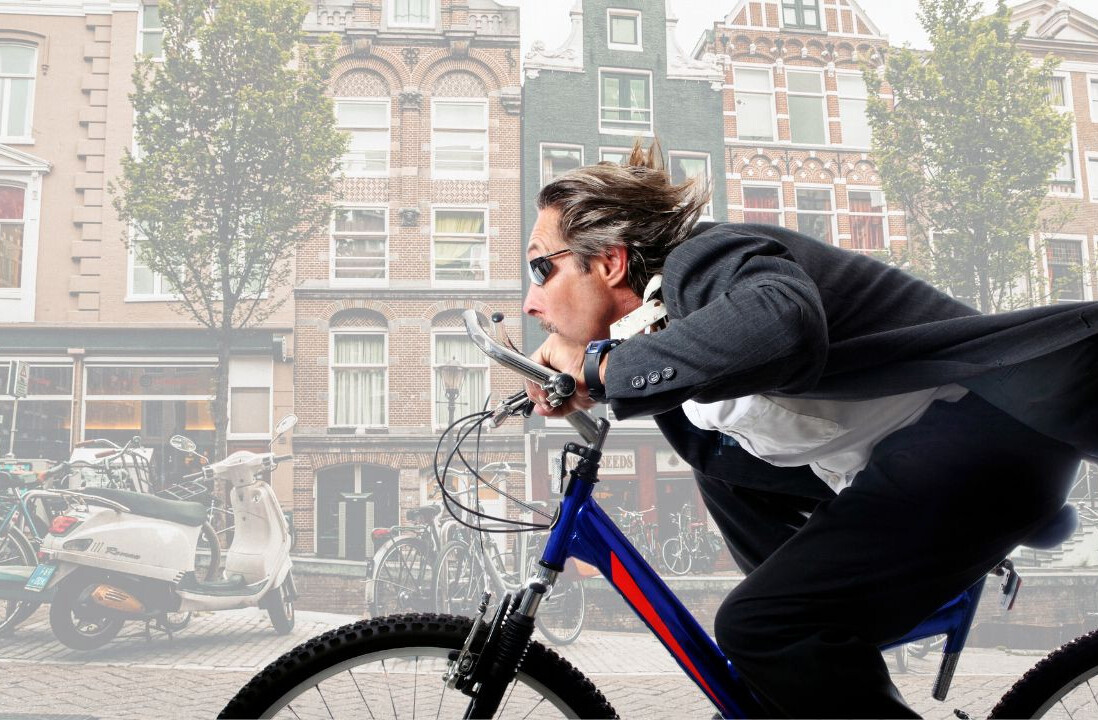
Do you like the people you work with?
Chances are that there are a handful of people at work that you like and others that you’re indifferent about.
I guess the better question is: How often do you try to get to know the people you work with?
Given how busy everyone is in the day to day operations of a business, it can be hard to make time to socialize with coworkers.
But did you know that research shows coworkers have the potential to increase our happiness as much as earning $100,000 more per year does?!
Moreover, building social capital in the workplace can help you gain access to important information you may not otherwise be exposed to by being friends with people in different departments.

Personally, I think the most enriching part about making friends at work is that some of the people you work with can be lifelong friends. A few of my closest friends are former coworkers from a startup I was at 7 years ago, and we’re even closer today!
Today I want to share how you can use the science of habit to socialize in the workplace to make friends at work, be happier and advance your career!
Having friends at work helps your career
Making friends at work is important to your happiness, job satisfaction and your career. Studies show the before and after effects of an employee who expands their social capital at work.
The “after version” of the employee is better positioned by being at the “crossroads of information” between social groups. It’s these types of networks that are associated with faster learning, faster promotions and higher earnings.
A Harvard study illustrates that people would rather work with someone who is more likeable than competent. Although common sense would dictate we do the exact opposite, don’t you enjoy working with coworkers you get along with on a personal level?
Creating social habits using the “hooked” model
A few years ago, I read a book called Hooked: How to build habit forming products by Nir Eyal a serial startup entrepreneur, investor and author. In it he talks about how building addictive products (namely apps and websites) is all based on building habits.

I really loved his four-step model for creating addictive products and found it effective when it comes to building any type of habit. Today we’ll apply the hooked model to create a habit of socializing with coworkers.
Step 1: Trigger
The trigger is the cue that gently reminds a user to take an action and must be present in order for a behavior to occur.
For this use-case let’s make the cue something that happens quite frequently at the office – going to the water cooler or the public kitchen. This is a place we all end up at least once during the workday and is usually cued by something more obvious like needing a coffee refill or a snack. It’s the perfect cue because it usually happens at least a few times a day and is hard to ignore. We all need that morning coffee right!?
Step 2: Action and ability
The action is the “what” of the hooked model, it’s what you want the user to do.
And ability allows you to break the ice with coworkers. It’s as easy as a simple question.
Hi Jill, how was your weekend?
Easy scripts like the one above work because:
- They’re open-ended. Rather than asking someone how they are, which will usually elicit a one-word answer, open-ended questions typically derive a more detailed response.
- They help share passions. Questions about someone’s weekend are valuable because it gives you a better idea of what their passions are on a personal level.
- They ask about the other person – you’re expressing a genuine interest in the other person, which is key to building rapport and charisma

When you get responses from coworkers, keep their answers in the back of your mind for future conversations. Who knows, you may even realize you share a common interest. That’s one of the best ways to build strong ties with other people, studies have shown that people like people like themselves.
One other thing to note here is that you can make the behavior anything that is pro-social. If this use-case isn’t applicable to you, you can replace this behavior with something like introducing yourself to a new coworker each day or smile at the first five people you see in the office.
Step 3: The reward
After a desired action is taken, the next step is to reward the action to make it more likely to be repeated.
The part of the brain that’s involved in reward processing is called the striatum – activated by both monetary and social rewards.
In a two day study, 19 subjects who were given monetary rewards the first day and social rewards the next day.
On the first day, the subjects took part in a gambling game where they were asked to pick a card and were given either zero, 30 or 60 yen. Following this simple experiment, they were given a personality questionnaire and then were asked to make an introduction video talking about themselves.

The following day, the subjects were presented with a picture of themselves along with a phrase indicating how others perceived them based on their personality test and video from the day before. These responses were controlled to show the subjects that a stranger had rated them as having a good reputation.
It turns out that when researchers reviewed the brain scans, the striatum was strongly activated on both days proving that our brains process social rewards just like monetary rewards meaning that social validation is processed by your brain like a cash reward.
Step 4: Investment
In the same way that your investment in online products (like uploading vacation photos to Facebook), makes you more likely to stay in this habit loop, you can also invest in other people to continue the habit of being social.
When you empathize with people, learn their passions and share things about yourself you’re investing into a relationship. Hopefully this investment makes you more willing to socialize and learn about people in a deeper way.
If making friends is hard
If you find yourself making excuses when it comes to socializing because you don’t feel like you can approach people, or you think people at your office suck, then change your attitude.
See, the problem with focusing on how you feel is that you’ll end up making yourself feel more anxious in social situation.

Self-monitoring or worrying about yourself, uses up precious resources in your prefrontal cortex. This bogs down your working memory and results in you being less engaged and less likely to remember what’s going on in the conversation. You also have a harder time seeing things from someone else’s perspective.
So rather than focusing on yourself, think about how you can make someone else’s day, compliment them or make them feel special.
Remember, people don’t remember what happened during a conversation they remember how they feel after it’s over.
Although it may seem overrated, making friends at work can make you happier and can advance your career. Strong workplace relationships can also provide a great way for you to get access to vital information in your organization, meet your next mentor or even best friend!
By using the hooked model of habit building, you can make socializing in the workplace a habit where you no longer have to “think” about socializing, you just naturally do it when you’re around coworkers. Don’t forget to repeat the four steps, I recommend doing it for a consecutive 30 days to establish the habit.
Get the TNW newsletter
Get the most important tech news in your inbox each week.




